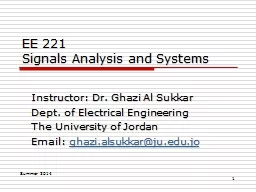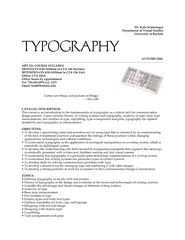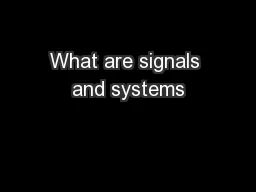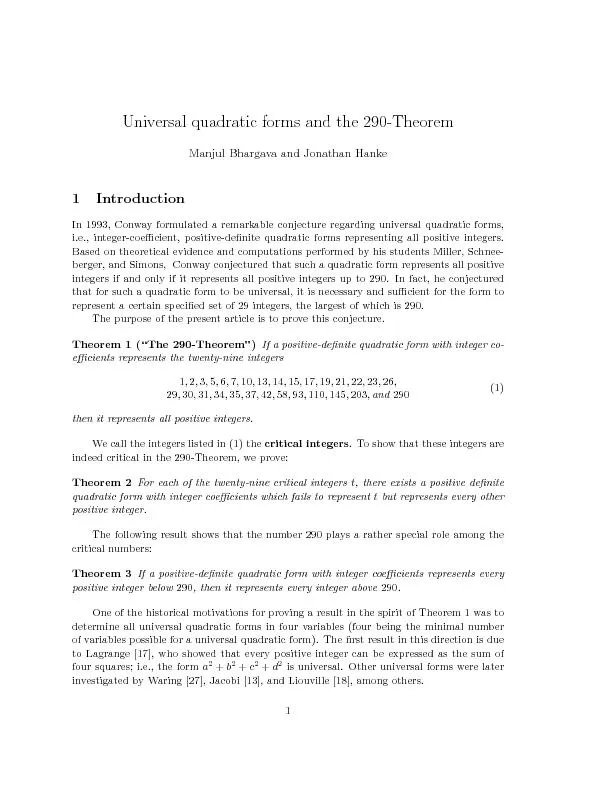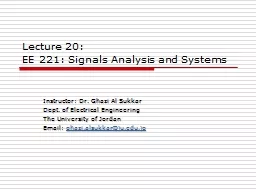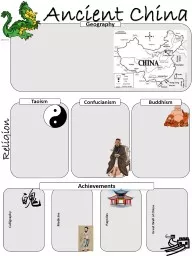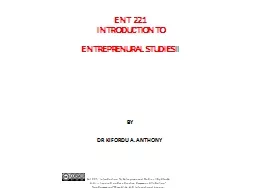PPT-EE 221 Signals Analysis and Systems
Author : calandra-battersby | Published Date : 2018-11-08
Instructor Dr Ghazi Al Sukkar Dept of Electrical Engineering The University of Jordan Email ghazialsukkarjuedujo 1 Fall 2014 2 Course Details Objective Establish
Presentation Embed Code
Download Presentation
Download Presentation The PPT/PDF document "EE 221 Signals Analysis and Systems" is the property of its rightful owner. Permission is granted to download and print the materials on this website for personal, non-commercial use only, and to display it on your personal computer provided you do not modify the materials and that you retain all copyright notices contained in the materials. By downloading content from our website, you accept the terms of this agreement.
EE 221 Signals Analysis and Systems: Transcript
Download Rules Of Document
"EE 221 Signals Analysis and Systems"The content belongs to its owner. You may download and print it for personal use, without modification, and keep all copyright notices. By downloading, you agree to these terms.
Related Documents

